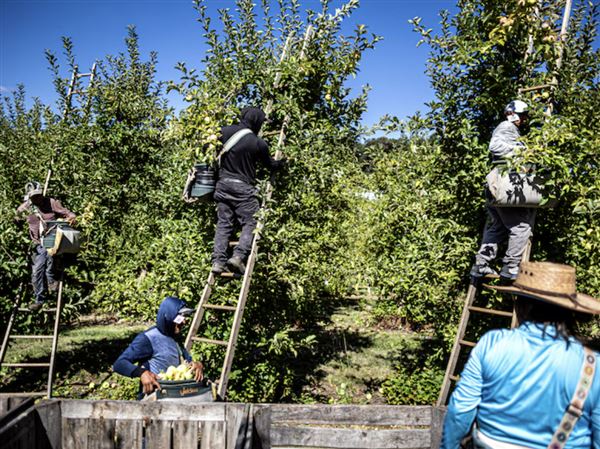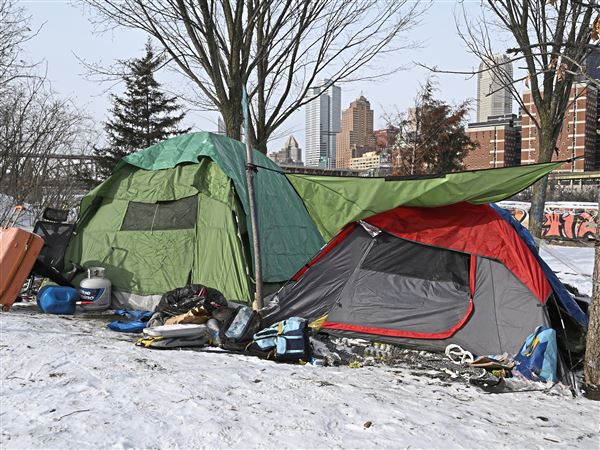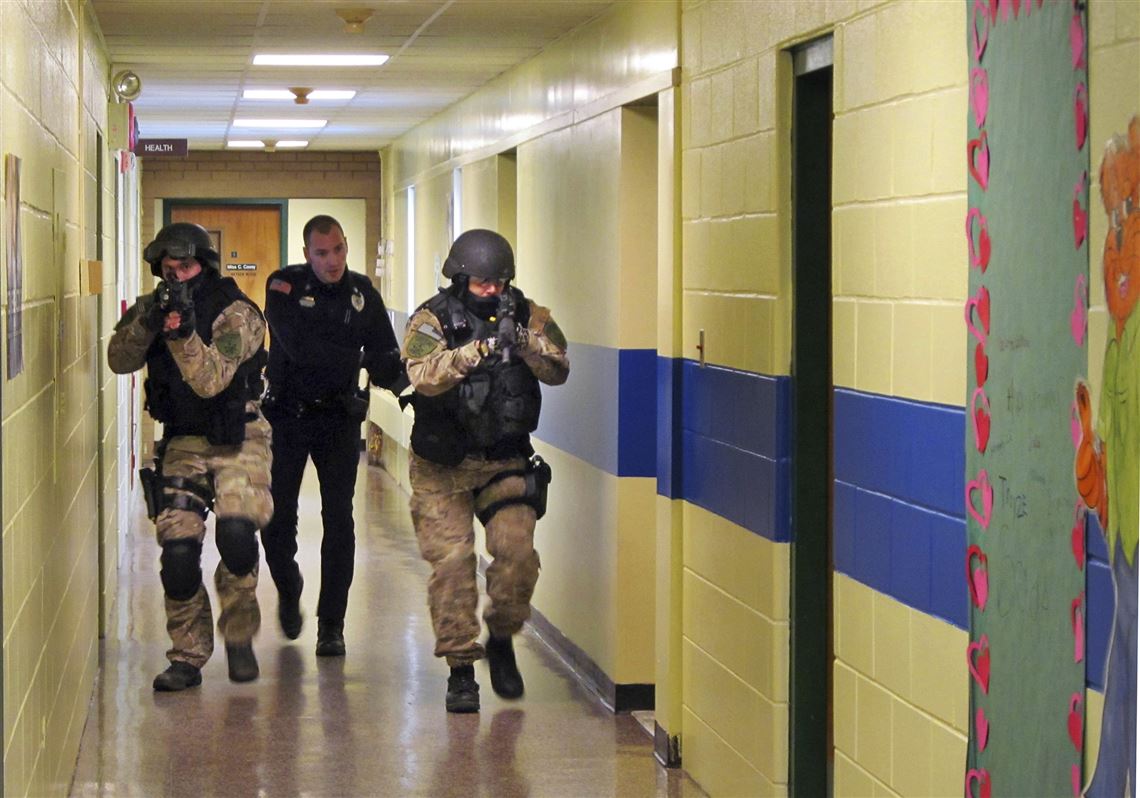The frequency of school shootings demands that students be taught to try to save themselves and their classmates should the worst happen.
The trouble is that some hyper-realistic drills have reached the point where students are traumatized. Schools planning active shooter drills should apply common sense and require input from mental health professionals in planning the drills. School leaders should develop a national model set of best practices for school safety drills that school districts can then adapt to their situations.
Preparing students doesn’t require a person in a mask aiming a pellet gun at teachers and students or firing a simulated weapon. In some cases, students get no warning that what’s happening in the classroom and hallways is a drill. Especially for younger children it isn’t clear that a drill is not real, according to Dr. Laurel Williams, chief of psychiatry at Texas Children’s Hospital in Houston.
While most states and many school districts require active shooter or lockdown drills, little guidance is often provided on the method and structure of the drills, leading to a wide range of practices.
The drill and related requirements have created a $2.7 billion school safety industry.
Mental health professionals have become increasingly concerned about the drills, most of which don’t have input from mental health professionals and are run by police or others trained by private companies.
School districts don’t have the resources or training to prepare and carry out the drills, so administrators hand the task over to the companies or law enforcement officers carrying out the drills. Those companies or officers may or may not have training or certifications. One company, the ALICE Training Institute, offers a certification after two days of training and testing. That seems completely insufficient for such a complex undertaking involving children.
Concerns about the drills have grown so much that a gun control advocacy group and the nation’s largest teachers union have prepared a white paper providing guidelines for school safety drills that could form discussion points for creation of a best practices framework.
Among the recommendations of the white paper produced by Everytown for Gun Safety Support Fund, the American Federation of Teachers and the National Education Association:
• Parents should get advanced notice of the drills.
• It should be made clear to students that the drill is not an actual attack.
• Drills and other exercises should be age-appropriate and developed with the assistance of mental health professionals.
All of these are good, commonsense suggestions.
The truth is that no amount of preparation will completely prepare a student for an active shooter, so traumatizing children by acting out a tragic event in great detail is unhelpful and unnecessary. Prepare students for active shooters. Don’t needlessly traumatize them in the process.
First Published: February 19, 2020, 11:00 a.m.

















